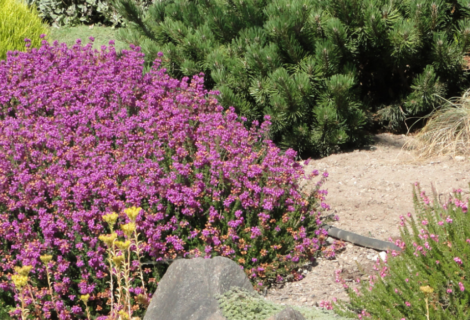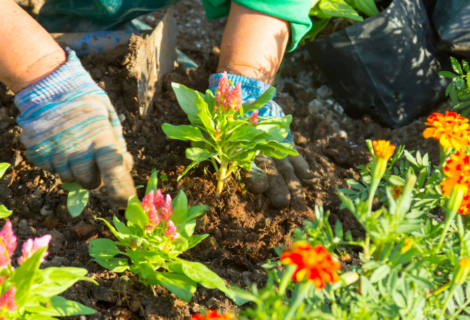Growing Beautiful Irises in Northern Nevada’s High Desert (Zones 6a–7a)
Irises are among the most beloved and hardy perennials you can grow in Northern Nevada’s unique climate. They thrive in our high-desert conditions, offering vibrant blooms with surprisingly minimal care.
Here’s how to grow spectacular irises successfully in Zones 6a–7a:
1. Choosing the Right Irises
- Bearded Iris: The most popular in our region, known for their large, showy flowers and impressive drought tolerance. Ideal cultivars include varieties like ‘Immortality,’ ‘Batik,’ or ‘Edith Wolford.’
- Siberian Iris: Smaller, delicate flowers with slender foliage. Siberians require slightly more moisture but are hardy enough for our winters.
- Dutch Iris: Good for borders or cut flowers; plant as bulbs in fall for late spring blooms.
2. Ideal Growing Conditions for Irises
- Full Sun: Irises need at least 6–8 hours of sunlight daily to produce abundant blooms.
- Well-Drained Soil: Good drainage is essential, as soggy soil can lead to rot. Amend your garden soil with compost or sand to enhance drainage.
- Neutral to Slightly Alkaline Soil: Irises prefer soil pH between 6.5 and 7.5, typical of Northern Nevada’s alkaline-leaning soils.
3. Planting & Timing
- Best Planting Time: Late summer or early fall (August–September) gives irises time to establish strong roots before winter. Spring planting is possible, but may delay blooming.
- Proper Spacing: Plant rhizomes about 12–18 inches apart to prevent overcrowding and encourage airflow.
- Planting Depth: Plant rhizomes shallowly, just below the soil surface, with tops partially exposed to prevent rot and encourage flowering.
4. Watering & Maintenance
- Minimal Water: Irises require moderate watering. In our dry climate, water deeply but infrequently during active growth periods, reducing water during dormancy.
- Mulching: A thin mulch layer protects roots in winter but avoid heavy mulching over the rhizomes to prevent rot.
- See our Water Gardening Guide for more information!
5. Fertilizing & Care
- Moderate Fertilization: Apply a balanced fertilizer (such as 10-10-10) in early spring when growth emerges and again after blooming.
- Deadheading: Remove spent blooms to direct energy back to rhizomes for next year’s flowers.
- Dividing Rhizomes: Every 3–4 years, divide iris clumps in late summer after flowering. This ensures vigorous growth and abundant blooms.
6. Winter Care for Irises
- Irises are hardy to Northern Nevada’s cold winters (-10°F to 5°F). Generally, no special winter protection is required beyond minimal mulching.
By following these simple guidelines, Northern Nevada gardeners can enjoy vibrant, elegant irises that thrive beautifully in our high-desert climate, bringing color and grace to gardens year after year.





